The Serengeti National Park
The Serengeti National Park

A lion in the Serengeti National Park © Janine Krayer
Quick links
Serengeti National Park • Getting to the Serengeti • Topography and landscape • Why visit the Serengeti
Mammals of the Serengeti • Birdlife in the Serengeti • Camera equipment • Activities • Where to stay
The Serengeti National Park in Tanzania may just be the quintessential representation of the African wilderness. Derived from the Masai word Serenget, the Serengeti simply means ‘Endless Plain’.
For photographers, the Serengeti is a dream destination for those seeking to capture the raw beauty of wilderness and landscapes. With its vast plains, diverse ecosystems, and abundant wildlife, the Serengeti offers an unmatched opportunity to capture breathtaking images that tell fascinating stories. It’s no wonder that photographers are drawn to this location.
The Serengeti wilderness is the perfect location for photography enthusiasts, with an abundance of subjects to capture on camera. From the iconic great wildebeest migration to the resident predators and stunning birdlife, there is no shortage of wildlife to photograph. The ever-changing light, dramatic landscapes, and intimate moments of animals provide endless opportunities for photographers to capture breathtaking shots.

A kori bustard in Serengeti National Park Tanzania © Janine Krayer
Whether you’re a professional wildlife photographer or an enthusiastic hobbyist, the Serengeti National Park promises an unforgettable experience and a portfolio filled with extraordinary images of the greats that will transport viewers to the heart of Africa’s untamed beauty.
If you’re planning a trip to the Serengeti, you’ll need to know which airports and airstrips serve as entry points to the region. Here are the main options available:
○ Kilimanjaro International Airport (JRO) is located near Arusha, Tanzania, and is the main international airport serving the region. It is approximately 330 kilometres from the Serengeti. Many travellers fly into Kilimanjaro International Airport and then take a domestic flight or continue their journey by road.
○ The Julius Nyerere International Airport (DAR) is situated in Dar es Salaam, Tanzania. This is another major international airport in the country. It is approximately 1,000 kilometres from the Serengeti. Travellers arriving at Julius Nyerere International Airport can either take a domestic flight to one of the Serengeti’s airstrips or opt for a longer road journey.
○ There are three popular airstrips in Serengeti National Park that can be reached by scheduled or chartered flights departing from either the Seronera Airstrip, the Grumeti Airstrip, or the Kogatende Airstrip.
An iconic scene in Serengeti National Park – lions in a tree © Janine Krayer
Travelling to the Serengeti: what to expect on the roads
When travelling to the Serengeti, the types of roads you encounter can vary depending on the route and the area you are coming from. The main roads leading to the Serengeti, especially from major cities like Arusha or Dar es Salaam, are generally well-maintained tarmac roads. These roads provide a smooth and comfortable journey, allowing for faster travel times. As you venture deeper into the Serengeti, you may encounter gravel or dirt roads. These roads can be rougher and less maintained, especially in more remote areas of the park. It’s important to note that road conditions can change depending on weather and seasonal factors, so it’s advisable to check with local authorities or tour operators for the latest road conditions.
Within Serengeti National Park, there are designated off-road tracks that safari vehicles can use to explore the wilderness and get closer to the animals to photograph. These tracks are unpaved and can be bumpy, but they offer a unique opportunity to experience the park’s wildlife-rich areas.
During certain times of the year, particularly in the northern Serengeti near the Mara River, river crossings may be necessary. These crossings can be challenging, as the riverbed can be uneven and slippery. It’s important to have an experienced guide or driver who is familiar with the area and can navigate these crossings safely.
The Serengeti is famous for its expansive grassy plains, stretching as far as the eye can see. These plains are the stage for the great wildebeest migration, where millions of wildebeest, zebras, and other herbivores roam in search of fresh grazing.

These kopjes are a unique element of the Serengeti ecosystem © Janine Krayer
In addition to these vast plains, the Serengeti is also home to rocky outcrops, referred to as kopjes, which are scattered throughout the grasslands. These ancient granite formations serve as a refuge and vantage point for predators such as lions and leopards. This distinct feature offers a beautiful and unique backdrop for wildlife photography, making for an unforgettable experience.

A zebra in Serengeti National Park – A haven for wildlife photography © Sabine Stols
The Serengeti is intersected by several rivers, including the Mara River, Grumeti River, and Seronera River. These rivers play a crucial role in supporting wildlife, especially during the dry season when animals gather around them for water and sustenance. In this setting, photographers can get stunning shots of animals like wildebeests, zebras, lions, and elephants. The Mara River is also particularly famous for its dramatic wildebeest river crossings during the Great Migration.

Serengeti Plain – a popular location for the wildebeest migration © Janine Krayer
Alongside the open plains, the Serengeti features pockets of woodlands and forests, primarily consisting of acacia trees. These areas provide shade and shelter for various species, including elephants, giraffes, and numerous bird species. Several swamps and marshes, such as the Retima Hippo Pool and the Moru Kopjes area, are wetland habitats that attract a wide variety of birdlife and are particularly favoured by hippos.
The diverse and picturesque topography of Serengeti National Park makes it an ideal location for wildlife viewing and photography. From expansive plains to rocky kopjes and lush riverine habitats, the Serengeti offers an ever-changing and captivating natural environment that never fails to impress.
The Serengeti is home to diverse ecosystems that support an impressive array of wildlife, including the renowned “Big Five”: lions, elephants, leopards, both white and black rhinoceroses, and buffalos. An annual event that’s not to be missed is the Great Migration, where millions of wildebeest, zebras, and other herbivores journey to find fresh grazing lands, creating a truly unforgettable sight.
Serengeti Plain – a popular location for the wildebeest migration © Janine Krayer
But the Serengeti is more than just a beautiful natural wonder. The region is also steeped in cultural heritage, with various ethnic groups, such as the Maasai people, having a deep connection to the land and its wildlife. Interacting with local communities is a great way to experience their traditions, vibrant ceremonies, and unique way of life. You can learn about their livestock herding practices and traditional attire and even participate in cultural activities like beadwork or Maasai jumping competitions. The Serengeti is a photographer’s dream, with countless opportunities to capture unique and captivating shots.
Conservation efforts in the Serengeti
The Serengeti is a testament to successful conservation efforts. It is protected by the Serengeti National Park, which covers an area of over 14,750 square kilometres (5,700 square miles). The park’s primary objective is to preserve the natural ecosystem and protect the diverse wildlife species within it. Conservation initiatives focus on anti-poaching measures, habitat restoration, and sustainable tourism practices. This ecosystem has been recognised as a UNESCO World Heritage Site, emphasising its global importance.
Experience the seasons of the Serengeti
The weather in the Serengeti varies throughout the year, offering distinct seasons and climatic conditions. The dry season is from June to October. The weather is generally dry and cooler, with temperatures ranging from 20°C to 30°C (68°F to 86°F) during the day. Nights can be chilly, dropping to around 10°C (50°F). Rainfall is minimal during this period, making it an excellent time for wildlife viewing as animals gather around water sources.
The short rainy season occurs from November to December. This season brings sporadic showers and occasional thunderstorms. The landscape becomes lush and green, attracting migratory birds and offering beautiful scenery. Temperatures remain relatively warm, ranging from 20°C to 28°C (68°F to 82°F).
The long rainy season is between March and May. This is the wettest period in the Serengeti, characterised by an increase in rain and occasional storms. The landscape transforms into a vibrant green, and wildlife disperses across the plains. Temperatures during this season range from 20°C to 26°C (68°F to 79°F).
The Serengeti is renowned for its thriving lion population. You can observe these majestic creatures relaxing on the grasslands or embarking on exciting hunts. Witnessing elephants is another awe-inspiring experience. These gentle giants can be seen wandering across the plains or congregating around watering holes.
Leopards, although elusive, can be found in woodlands and trees. With a bit of luck, you may catch a glimpse of these solitary and agile predators. Known for their incredible speed, cheetahs can be spotted in the open grasslands of the Serengeti. Observing their lightning-fast chases is a sight to behold (and capture).

Coke’s hartebeest in the Serengeti plains © Janine Krayer
The area is also home to both Masai giraffes and reticulated giraffes. These graceful creatures can be seen feeding on the treetops or elegantly moving across the plains. The Serengeti is teeming with zebras, and they play a prominent role in the Great Migration. Their distinctive striped coats make for a captivating sight.

A spotted hyena in the Serengeti © Janine Krayer
When exploring rivers and waterholes, be on the lookout for hippos. These massive semi-aquatic mammals are often found lazily wallowing in the water. Additionally, keep an eye out for other mammals that roam the plains, such as the Cape buffalo. If you’re fortunate, you may even catch a glimpse of hyenas feasting on carcasses—a sight that’s sure to excite any wildlife photographer.
The Serengeti’s numerous rivers, lakes, and wetlands attract a wide variety of waterbirds. It is home to numerous resident bird species that can be found year-round. Some notable residents include the secretary bird, southern ground hornbill, lilac-breasted roller, superb starling, yellow-throated longclaw, and Fischer’s lovebird. These birds are often seen perched on tree branches or foraging in the grasslands.

Southern ground hornbill in the grassland plains of Serengeti National Park © Janine Krayer
Keep an eye out for migratory birds such as European bee-eaters, white storks, Wahlberg’s eagles, and various species of swallows and warblers. While the Serengeti is not known for endemic bird species, there are some localised species that can be found within the greater ecosystem. One example is the grey-breasted spurfowl, which is found in the woodlands and savannas of the region.
These include African fish eagles, African jacanas, pink-backed pelicans, yellow-billed storks, and various species of herons, egrets, and ducks. These waterbirds can be spotted near water sources, such as the Grumeti River and Lake Victoria.

Saddle-billed Stork © Janine Krayer
Lastly, a diverse range of raptors, including eagles, hawks, and vultures, can be found. Some of the notable raptors in the area include martial eagles, bateleur eagles, African hawk eagles, lappet-faced vultures, and white-headed vultures.
These are just a few examples of the bird species you can encounter in the Serengeti. The region’s varied habitats and abundant food sources attract a remarkable diversity of birds, providing ample opportunities for birdwatchers and photographers to observe and photograph these beautiful creatures.
When embarking on a photographic expedition, the choice of gear is greatly influenced by various factors such as the terrain, park regulations, and animal behaviour. Janine, a photo host at Pangolin Photo Safaris, provides valuable insights on this matter. According to her, the Serengeti is characterised by vast open plains with minimal obstructions, allowing for long-range visibility. However, it is important to note that this national park strictly prohibits off-roading.
While the wildlife is generally accustomed to safari vehicles, it is possible for photographers to find themselves at a considerable distance from the action. These considerations highlight the need for photographers to carefully plan their equipment and shooting techniques to ensure they can capture the desired shots within the constraints of the Serengeti’s unique environment and regulations.

Infamous tree sleeping lions © Janine Krayer
Janine suggests using two camera bodies for optimal photography. The first body should be equipped with a telephoto zoom lens, such as the Sigma 150 – 600mm, Sony 200 – 600mm, Nikon 200 – 500mm, or a 100 – 400mm lens. It is also recommended to consider a fixed lens starting at 400mm and optionally carry a 1.4x extender for increased reach.

Crossing the national park © Janine Krayer
The second body should be equipped with a wide-angle zoom lens, such as the 24 – 70mm. This setup will provide versatility in capturing subjects at different distances, allowing for capturing distant wildlife with the telephoto lens and broader landscapes or closer subjects with the wide-angle lens.
Apart from game drives, there are numerous activities to enjoy in and around the Serengeti, catering to a wide range of interests. For a unique perspective of the Serengeti, consider a hot-air balloon safari. Float above the stunning landscapes, witnessing the sunrise and observing wildlife from a bird’s-eye view. This extraordinary experience provides a sense of tranquilly and awe.

Fantastic wildlife sightings from a hot air balloon
Explore the Serengeti on foot and get closer to nature. Accompanied by armed guides, walking safaris offer a different level of intimacy with the environment, allowing you to appreciate the smaller details, learn about flora and fauna, and experience the thrill of being in the wild. Some lodges and camps in the area offer conservation-focused activities that allow visitors to contribute to the preservation efforts. This may include tree planting initiatives, wildlife monitoring, or engaging in community development projects.
You can find a variety of accommodation options that cater to different budgets, preferences, and travel styles. Safari lodges are typically larger establishments that offer comfortable and well-appointed rooms or suites. Lodges often provide a range of amenities, such as restaurants, bars, swimming pools, and sometimes even spa facilities. They are designed to provide a luxurious and immersive safari experience.
Tented camps offer a more authentic and closer-to-nature experience. These camps feature spacious canvas tents with comfortable beds, en-suite bathrooms, and sometimes private verandas. Tented camps often provide a communal dining area, lounge, and campfire, allowing guests to enjoy the sounds and sights of the Serengeti.

Elephant – stunning large elephants await in the in the national park © Janine Krayer
Mobile Camps are temporary camps that move along with the Great Migration. These camps provide a unique opportunity to stay close to the action and witness the wildlife spectacle firsthand. They offer comfortable tent accommodations and basic amenities. For those seeking exclusive and private accommodations, some venues offer luxury villas or private houses within the Serengeti.
These secluded retreats provide personalised services, spacious living areas, private pools, and dedicated staff, ensuring a high level of comfort and privacy. Bush camps offer a more rustic and adventurous experience. These smaller, more remote camps are designed to blend in with their natural surroundings. Accommodations may include simple tents or huts, providing an immersive and authentic safari experience.
The Serengeti, in conclusion
Wildlife photographers should consider the Serengeti as a must-visit destination due to its unparalleled opportunities for capturing stunning and unique images of wildlife and landscapes. It promises photographers an unforgettable journey and a portfolio filled with exceptional images. The Serengeti is a truly remarkable destination that captivates visitors with its unique charm. It offers an opportunity to witness the wonders of nature up close and leaves an indelible mark on all who visit the heart of Africa’s wilderness.
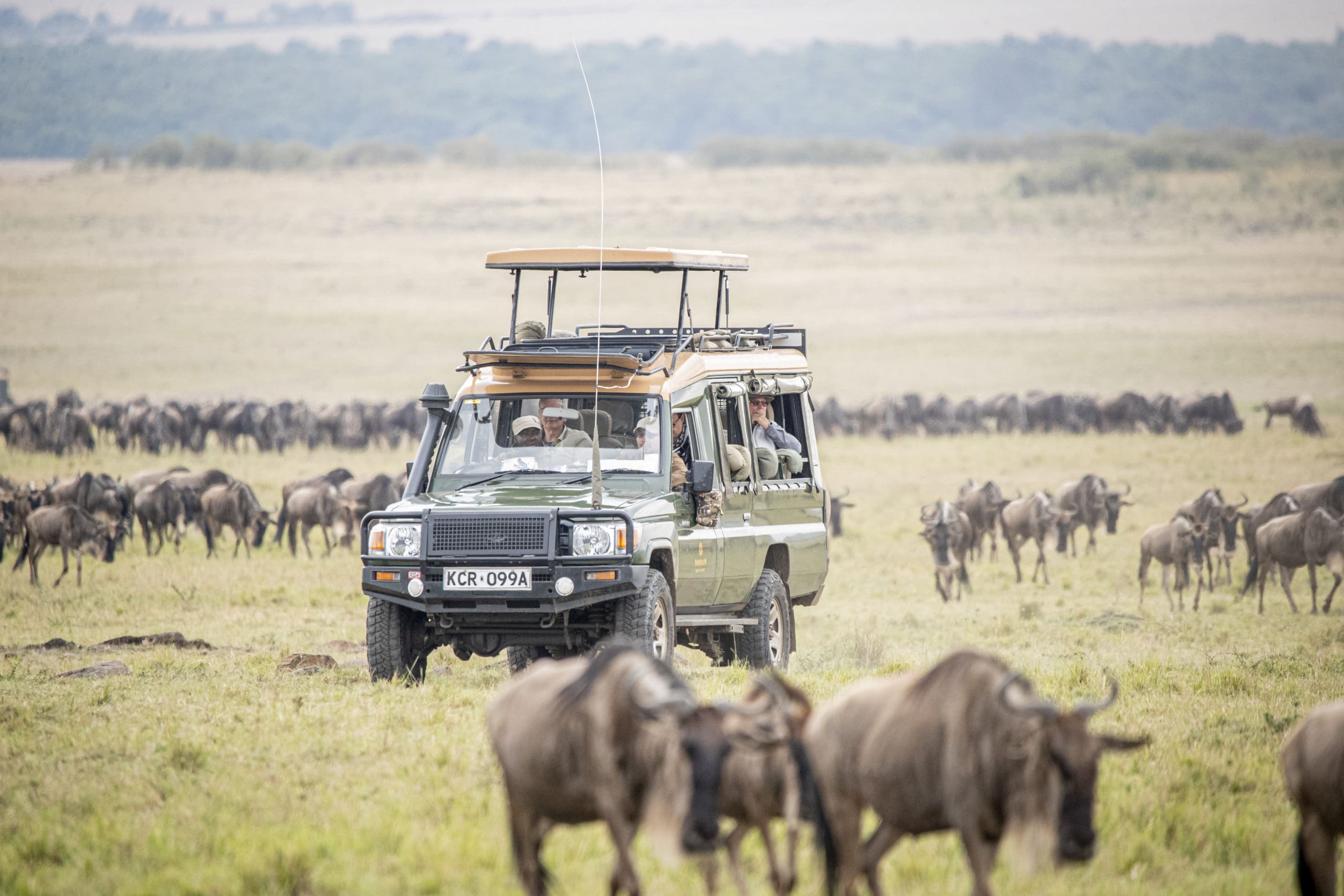
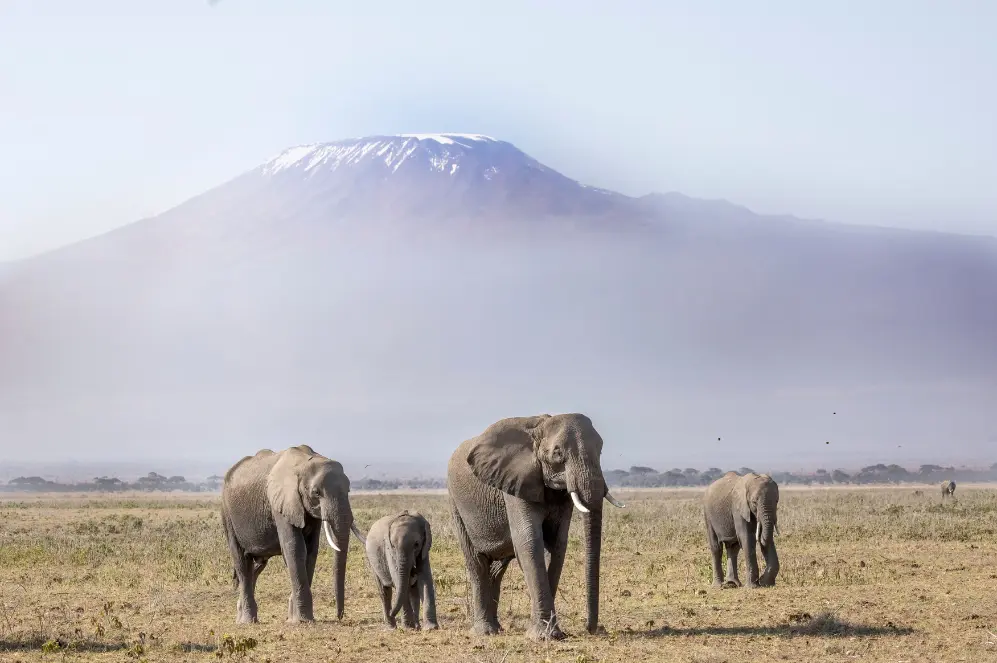
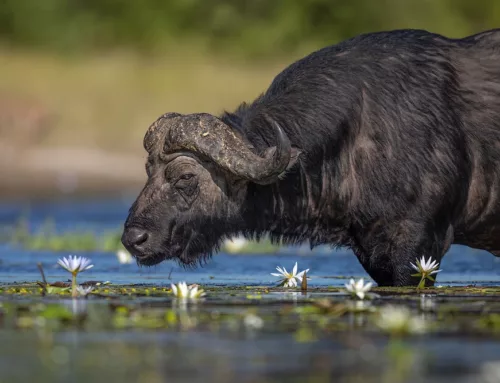
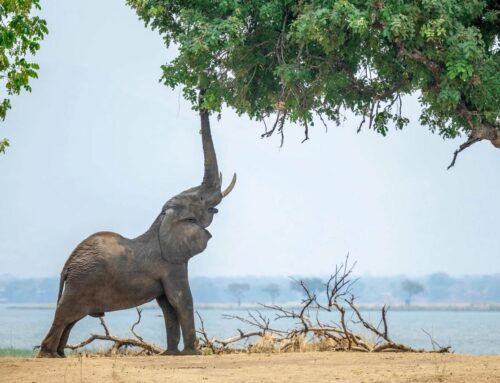
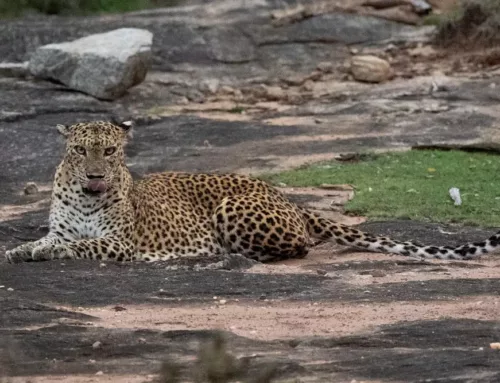
Leave A Comment
You must be logged in to post a comment.